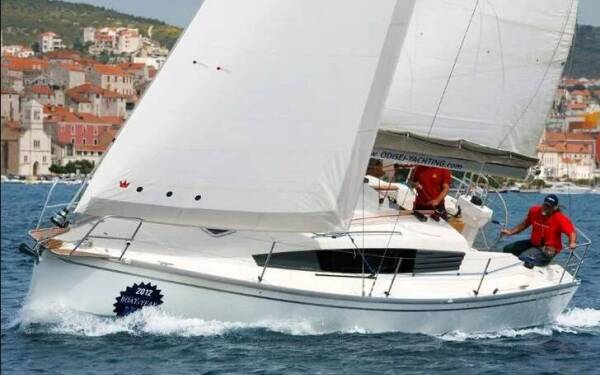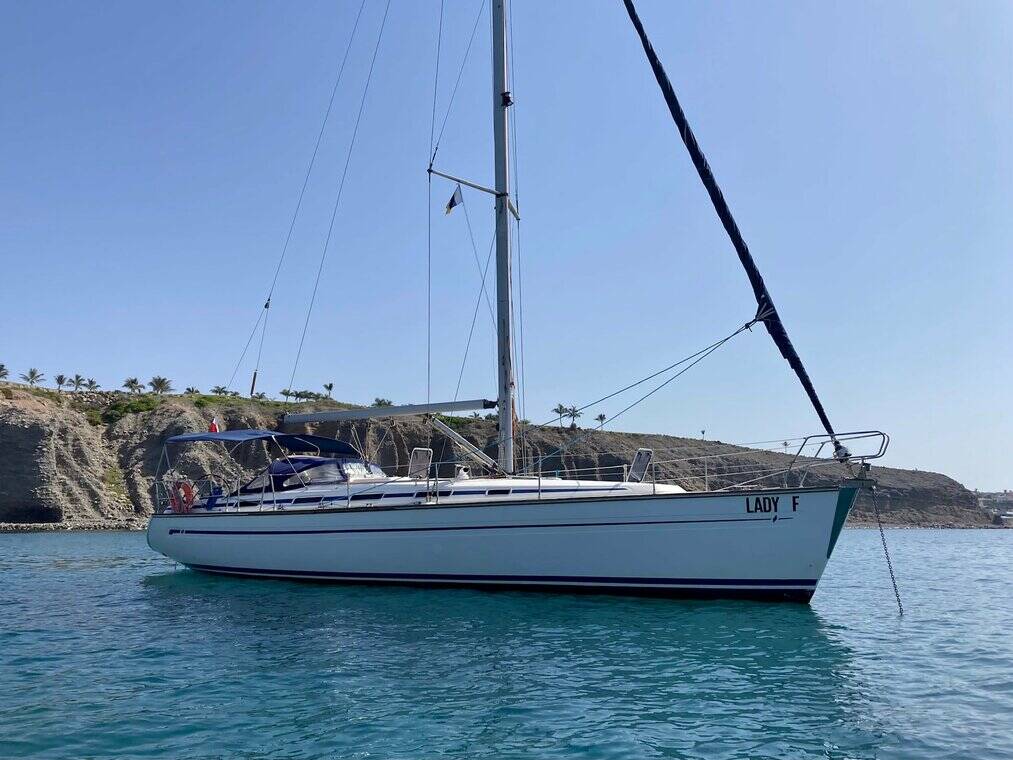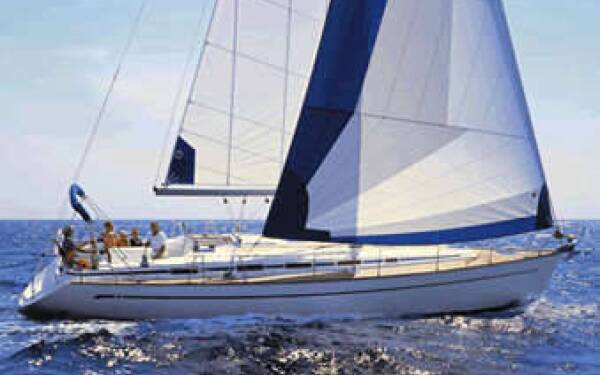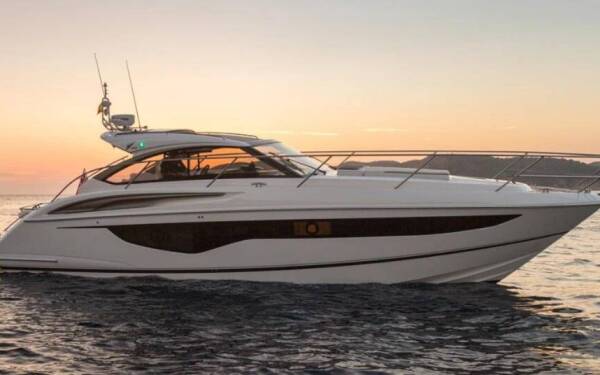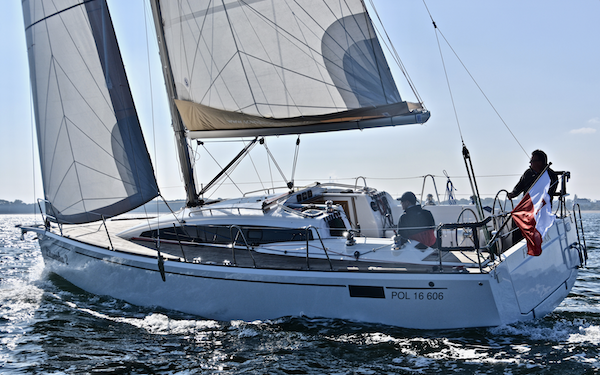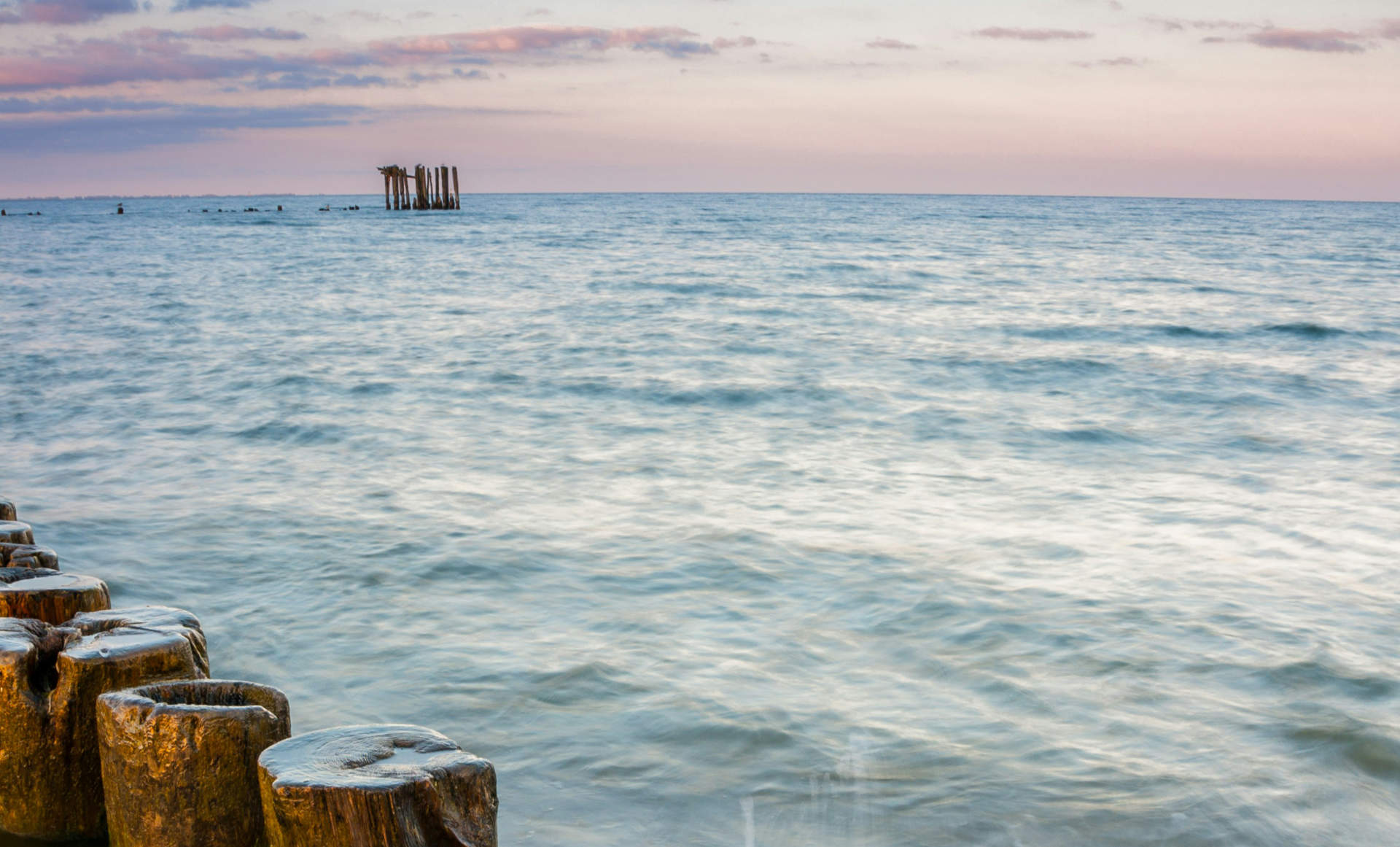Poland
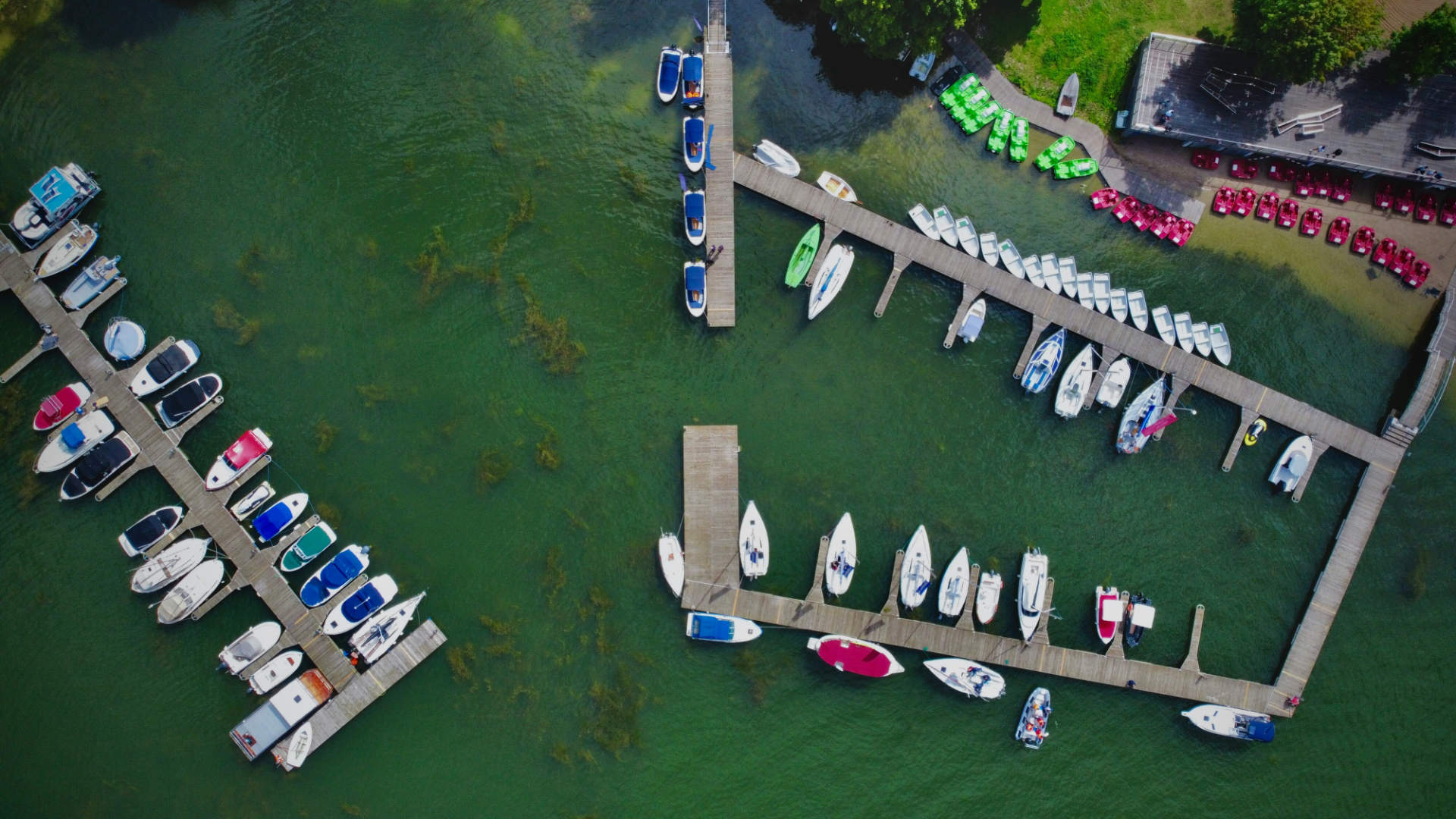
Poland: A country full of history, culture and natural beauty
Located in the heart of Europe, Poland is a country rich in history, culture and impressive landscapes. From the Baltic Sea coast in the north to the Tatra Mountains in the south, Poland offers a variety of experiences and sights that will delight every visitor.
Historically, Poland can look back on an eventful past characterised by kingdoms, divisions and reunifications. This rich history is reflected in the numerous historical sites and monuments that can be found throughout the country. The capital city of Warsaw, which was completely rebuilt after its destruction in the Second World War, is an impressive example of the country's rebirth and resistance. The historic centre of Warsaw, which has been declared a UNESCO World Heritage Site, is a must-see for any visitor.
Krakow, one of the oldest and most important cities in Poland, is known for its well-preserved medieval architecture and cultural significance. The Wawel Royal Castle and the Rynek Główny market square are among the city's most impressive sights. Krakow is also the starting point for visits to the Auschwitz-Birkenau concentration camp, which is an important memorial and memorial to the victims of the Holocaust.
Poland also has breathtaking natural landscapes to offer. The Masurian Lake District in the north-east is a paradise for water sports enthusiasts and nature lovers with over 2,000 lakes connected by rivers and canals. The Tatra Mountains in the south, the highest mountains in Poland, offer excellent opportunities for hiking, climbing and skiing.

Polish cuisine is tasty and varied with traditional dishes such as pierogi (stuffed dumplings), bigos (hunter's stew) and Żurek (sour flour soup). These dishes reflect the country's rich culinary tradition, which is characterised by various cultural influences.
Poland is also known for its warm hospitality. Poles are proud of their cultural heritage and are happy to share it with visitors. Traditional festivals and markets, such as the famous Christmas market in Krakow, provide an insight into the country's vibrant culture and customs.
Overall, Poland offers a fascinating mix of history, culture and nature that makes the country an exciting and enriching destination. Whether you want to explore the historic cities, enjoy the stunning scenery or savour the delicious cuisine, Poland has something for everyone.
Weather and climate
The West Pomeranian Voivodeship in Poland, which is best known for its inland waters and the Baltic Sea coast, has a temperate maritime climate. This climate is characterised by relatively mild winters and pleasant summers, making it an ideal region for sailing activities.
Spring (March - May): Spring in West Pomerania brings mild temperatures between 5°C and 15°C. Nature awakens and the sailing season begins. The winds are usually moderate, creating ideal conditions for relaxed sailing trips.

Summer (June - August): Summer is the peak season for sailing in West Pomerania, with average temperatures between 18°C and 25°C, but also with highs of over 30°C. The long days and warm temperatures offer ideal conditions for extended sailing trips. The winds are usually constant and light to moderate, which makes sailing pleasant and safe.
Autumn (September - November): Autumn brings cooler temperatures between 10°C and 18°C. It is a beautiful time of year for sailing as the forests on the inland waters turn colourful. The winds can become stronger and more unpredictable at this time of year, which attracts experienced sailors.
Winter (December - February): Winters are relatively mild, with temperatures rarely falling below -5°C and averaging between -2°C and 5°C. Although sailing is less popular in the winter months, the waters often remain ice-free, so you can still sail with the right equipment.
Sailing conditions
The West Pomerania region offers excellent sailing conditions, both on the Baltic Sea and on the numerous inland waters and rivers. The Masurian Lake District and the Szczecin Lagoon are particularly popular.

Inland waters: The region's numerous lakes and rivers offer calm and sheltered waters that are ideal for beginners and families. The waterways are well signposted and offer numerous mooring options and beautiful natural landscapes.
Baltic Sea: The Baltic Sea coast offers more open waters and more challenging sailing conditions, ideal for experienced sailors. The winds often come from westerly directions and offer constant sailing conditions. Access to various islands and coastal towns makes sailing along the Baltic coast varied and exciting.
All in all, Western Pomerania offers excellent conditions for sailing enthusiasts with its varied waters, picturesque landscape and pleasant climate, which makes sailing possible almost all year round.
Travelling to West Pomerania
West Pomerania is a picturesque region in north-west Poland known for its sailing opportunities on inland waters and the Baltic coast. Here are some tips to make your journey there smooth and enjoyable.

Travelling by plane
Airports: The nearest international airport is Szczecin-Goleniów Solidarity Airport (SZZ), around 45 kilometres north-east of Szczecin, the region's largest city. From here, there are regular connections to various European cities.
Onward journey: From the airport, you can take a taxi or book a hire car to continue your journey. Shuttle buses and public buses run regularly between the airport and the city centre of Szczecin.
Travelling by car
Road network: West Pomerania is well connected to the Polish motorway and motorway network. The A6 motorway and the European route E28 connect the region with Berlin, which is around two hours west of Szczecin.
Car parking facilities: Most marinas and yacht clubs in the region offer secure parking facilities for guests travelling by car.
Travelling by train
Train stations: Szczecin is an important railway junction with regular connections to many major cities in Poland as well as to international destinations in Germany and other European countries.
Onward journey: From the main railway station in Szczecin, the surrounding marinas and charter bases can be easily reached by taxi, bus or hire car.
Marinas and charter bases

Szczecin Lagoon: There are several well-equipped marinas in this region, which offer an ideal starting point for sailing trips on the surrounding inland waters and the Baltic Sea.
Masurian Lake District: One of the most popular sailing regions in Poland, known for its picturesque lakes and well-developed sailing routes. There are numerous charter bases and marinas here with modern facilities and comprehensive services.
With these tips, yacht charter customers can ensure that their trip to West Pomerania goes smoothly and that they can enjoy the wonderful sailing opportunities and breathtaking nature of the region to the full.
Geographical location
West Pomerania, also known as the West Pomeranian Voivodeship (Zachodniopomorskie), is located in the north-west of Poland and borders Germany to the west. The region stretches along the Baltic Sea coast and includes a large number of inland waters, rivers and lakes. The capital of the region is Szczecin, an important port city and economic centre.
Due to its strategic location, West Pomerania is an important transport hub between Central and Northern Europe. The region has an area of around 22,900 square kilometres and a population of around 1.7 million people. The landscape is characterised by rolling hills, dense forests and a variety of bodies of water, making it an ideal destination for nature and water sports enthusiasts.
Coast
The coast of West Pomerania stretches for around 185 kilometres along the Baltic Sea and offers a varied landscape with beaches, dunes, cliffs and picturesque bays. The coast is characterised by several large harbour towns and many small fishing villages that have preserved a rich maritime tradition and culture.
The Szczecin Lagoon: The Szczecin Lagoon forms the natural border between Poland and Germany and is connected to the Baltic Sea via the Oder. The Szczecin Lagoon is an important sailing area and offers calm, sheltered waters that are ideal for sailing trips and water sports activities.
Baltic Sea coast: The Baltic Sea coast of West Pomerania offers a mixture of long sandy beaches and steep cliffs. Famous seaside resorts such as Międzyzdroje, Dziwnów and Kołobrzeg attract thousands of tourists every year. These coastal towns have an excellent infrastructure with modern marinas, hotels and leisure facilities.

Usedom and Wolin: The two islands on the west coast of the region are known for their impressive landscapes and rich biodiversity. The Wolin National Park on the island of Wolin offers spectacular cliffs, forests and rare animal species. The island of Usedom, which partly belongs to Germany, is known for its wide beaches and historic seaside resorts.
Rivers and lakes: In addition to the Baltic Sea coast, numerous rivers and lakes criss-cross Western Pomerania. One of the most important rivers is the Oder, which flows into the Szczecin Lagoon. The region's lake district offers numerous opportunities for sailing, fishing and other water sports.
The combination of coastline, inland waters and scenic diversity makes Western Pomerania an attractive destination for sailors and nature lovers. The well-developed maritime infrastructure and the natural beauty of the region offer ideal conditions for unforgettable sailing adventures and exploratory tours.
Historical
Poland is a country with a deep-rooted and turbulent history dating back more than a thousand years. In the Middle Ages, Poland was one of the most powerful kingdoms in Europe. The Union of Lublin in 1569 created the Polish-Lithuanian Commonwealth, one of the largest and most populous countries in Europe. Over the centuries, Poland has been the scene of numerous conflicts and partitions that have strongly characterised the country. In the 20th century, Poland experienced two world wars and regained its independence in 1918 after more than 120 years of division. The Second World War and the subsequent communist era left deep scars. The Solidarność movement in the 1980s finally led to the end of communism and Poland's return to democracy. Today, numerous historical sites in cities such as Warsaw, Krakow and Gdansk bear witness to this rich history.
Culinary delights


Polish culture is rich and diverse, characterised by a long history and various cultural influences. Polish literature has produced world-famous authors, including Nobel Prize winners such as Henryk Sienkiewicz, Wisława Szymborska and Czesław Miłosz. Poland's musical tradition is equally impressive, with world-famous composers such as Frédéric Chopin and Krzysztof Penderecki. Folk art and tradition are deeply rooted in Polish culture, with colourful costumes, traditional dances such as the mazurka and polonaise and richly decorated handicrafts.
Poland celebrates a variety of festivals and holidays that reflect the country's culture and traditions. Easter is a particularly important festival that is celebrated with many customs and specialities. Christmas in Poland is known for its festive markets and the traditional Christmas dinner, which consists of 12 courses and begins with the sharing of the Oblatka (Christmas biscuits). The Wianki festival on St John's Day is another important celebration, where wreaths of flowers and bonfires are part of the festivities.
Overall, Poland offers a rich cultural landscape characterised by historical depth, culinary diversity and living traditions. Visitors to the country can explore the deep-rooted history, savour the delicious Polish cuisine and immerse themselves in the diverse cultural activities that make the country so unique.
Poland - a country full of history, culture and hospitality
Poland is a fascinating country that offers an impressive blend of rich history, diverse culture and warm hospitality. From the vibrant cities of Warsaw and Krakow to the picturesque landscapes of the Masurian Lake District and the Tatra Mountains, there are countless discoveries to be made in Poland.

The historical depth of Poland can be felt everywhere, be it in the well-preserved medieval town centres, the numerous castles and palaces or the important memorial sites such as Auschwitz-Birkenau. These places tell stories of past kings, glorious eras and tragic times that have shaped the country. Another highlight is Polish cuisine, which is known for its flavoursome and varied dishes. Whether pierogi, bigos or Żurek - each dish tells its own story and reflects cultural influences and regional traditions.
Culturally, Poland offers a rich palette of experiences. Polish literature, music and folk art are deeply rooted and known worldwide. Festivals, traditional dances and arts and crafts are vibrant parts of Polish culture that captivate visitors. Friendly and hospitable Poles warmly welcome visitors and are happy to share the beauty and traditions of their country with them.
Poland is a country that has much to offer adventurers, history buffs and connoisseurs alike. Whether strolling through the alleyways of old towns, enjoying nature in the national parks or taking part in a traditional Polish festival - Poland promises unforgettable experiences and lasting memories. A visit to this diverse country will enrich and inspire any traveller and the warm hospitality of the Poles is sure to leave a lasting impression.
West Pomerania
West Pomerania (Zachodniopomorskie), located in the north-west of Poland, is a fascinating region known for its impressive Baltic coastline, its numerous lakes and rivers and its rich history and culture.

